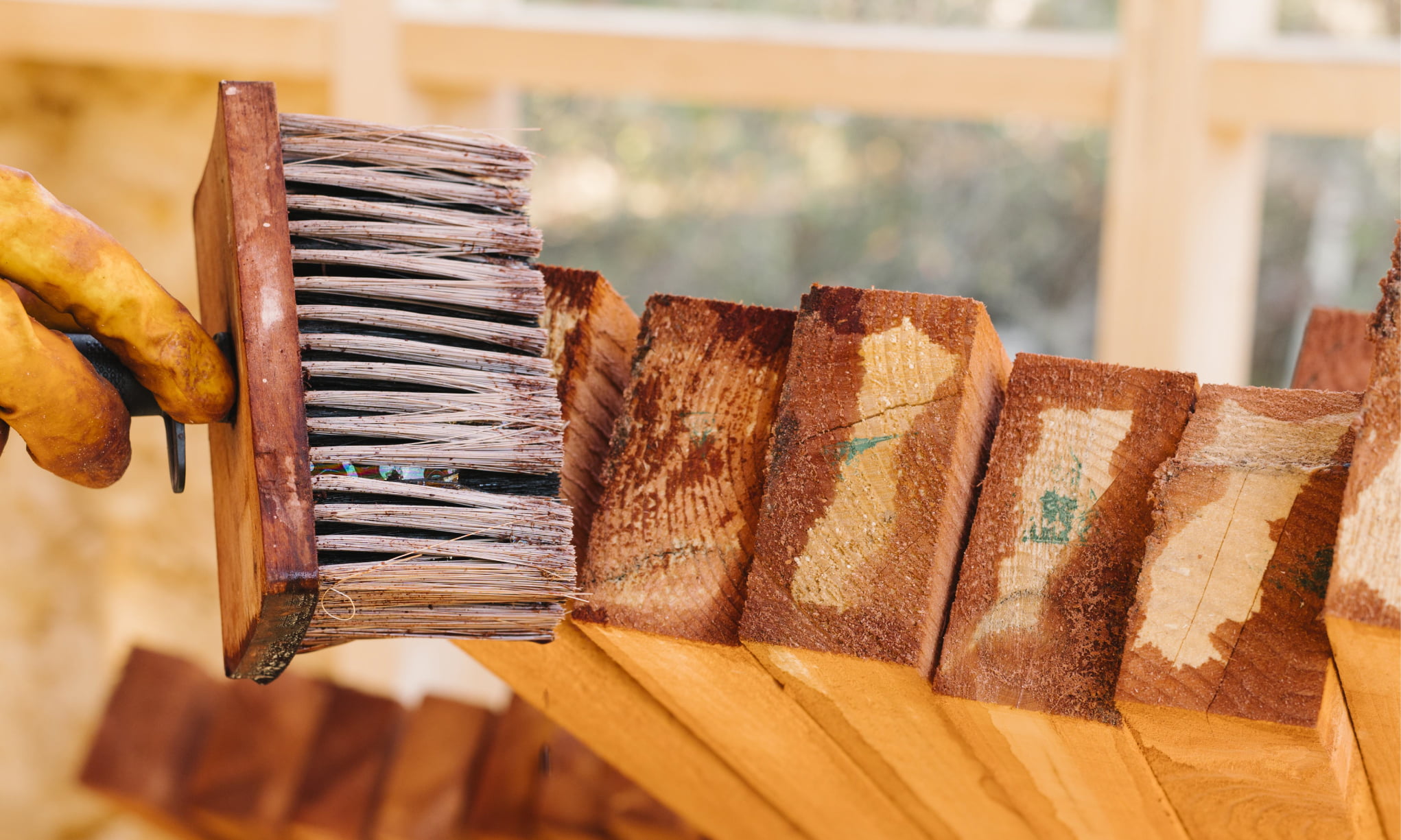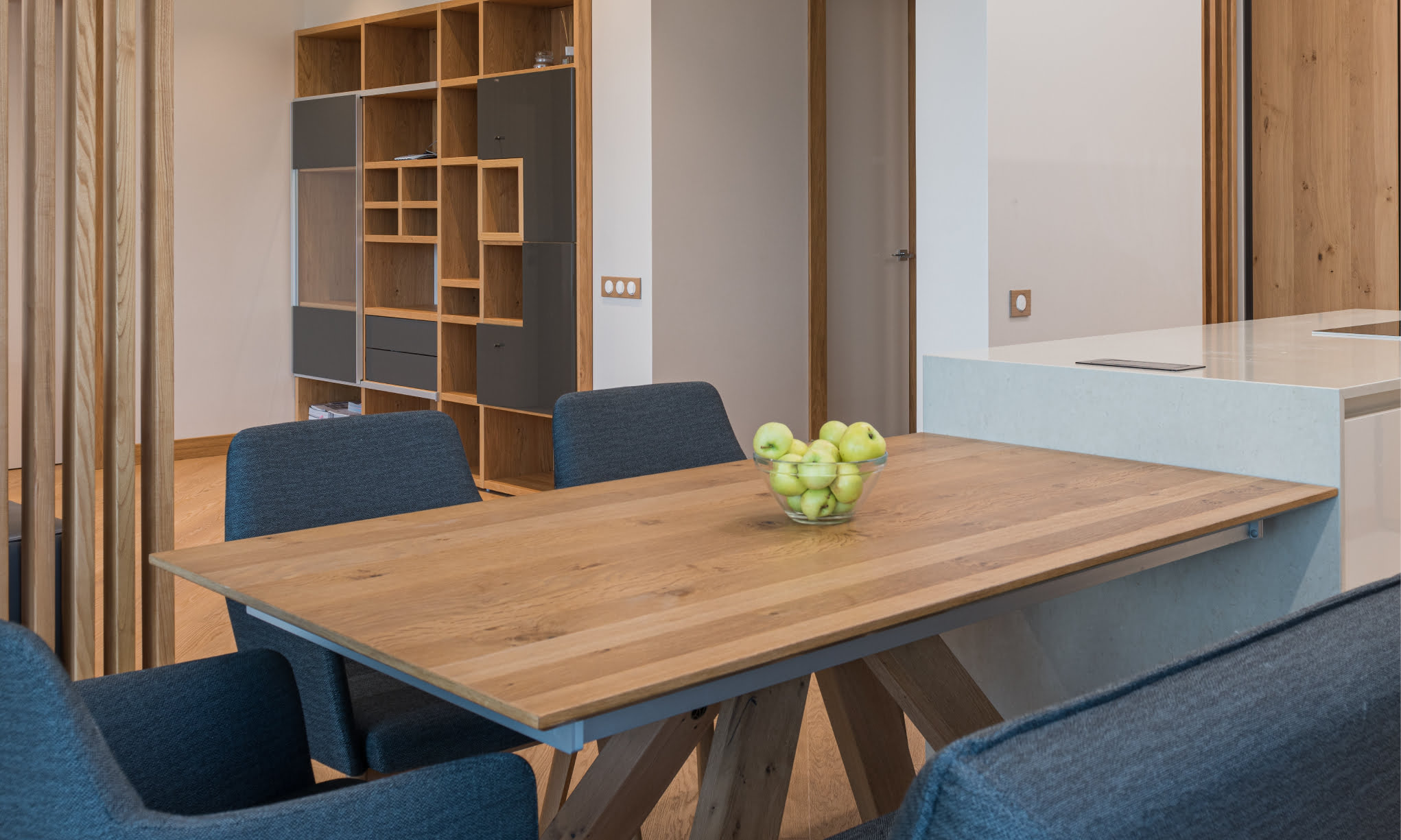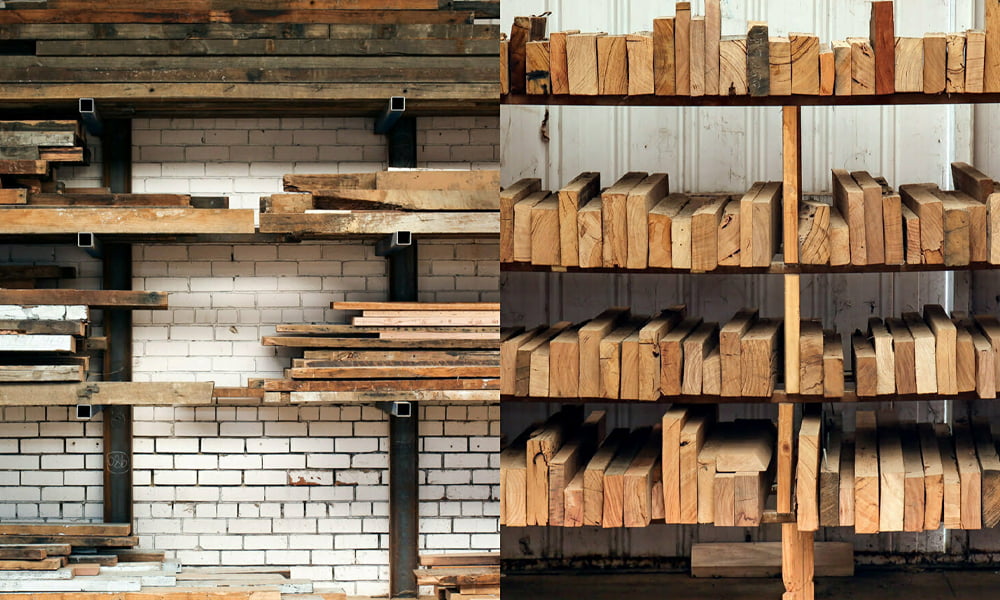
Don’t Mix Water And Timber Floors
Timber flooring brings warmth, character, and elegance to any space. However, whether you have chosen recycled timber flooring, reclaimed timber floors, or any other type of timber flooring, it’s essential to understand the impact of water on these beautiful surfaces. While timber is durable, water can cause severe damage if not handled properly. This write-up will explore potential problems and provide tips on protecting your timber floors from water damage.
The Problem with Water and Timber Floors
Water can have various detrimental effects on recycled timber flooring, but one of the most common problems is cupping or crowning. Cupping occurs when water seeps into the wood, causing it to swell and buckle. This can result in an uneven floor surface and, in severe cases, may require replacing a significant portion of the flooring.
The Risks of Sanding Damp Floors
When refinishing timber floors, moisture is also a significant concern. Sanding damp or moist floors can lead to unwanted reactions with the coating applied to the wood. One common consequence is the appearance of stains on the floor’s surface. These stains can manifest as white or opaque patches caused by moisture particles transferring into the floor finish.
Protecting Your Timber Floors
To ensure the longevity and beauty of your timber floors, protecting them from water damage is essential. Observe the following advice:
- Clean Spills Immediately: Accidents happen, and when water is spilled on your timber floor, it’s crucial to act quickly. Use a dry cloth or mop to absorb the water immediately. Leaving water on the surface for an extended period can penetrate the wood, leading to damage.
- Use Protective Mats and Rugs: Place mats or rugs in areas prone to water exposure, such as entryways or near sinks. These protective coverings will help prevent water from directly reaching the reclaimed timber flooring, reducing the risk of damage.
- Control Humidity Levels: Maintain a consistent humidity level in your home, as excessive moisture in the air can impact the timber flooring. To control humidity levels, especially in places with high humidity or severe weather, use a humidifier or dehumidifier.
- Regular Maintenance: Implement a regular maintenance routine for your timber floors. This includes performing routine sweeping or vacuuming to remove dust and dirt. When mopping, try to avoid using too much water and use specialty cleansers for wood floors or items your flooring provider suggests.
- Address Leaks Promptly: If you see any leaks or water damage in your home, address them promptly. Water from leaks can seep into your timber floors and cause irreversible damage. Fixing the source of the leak and ensuring proper drying is essential to prevent further harm to your flooring.
Remember, prevention is vital when protecting your timber floors from water damage. By being proactive and following these tips, you can preserve the beauty and longevity of your investment for years to come.
In conclusion, water and timber floors do not mix well. The consequences of water damage can range from cupping and crowning to stains and other unsightly issues. To protect your recycled timber flooring, clean spills immediately, use protective mats, control humidity levels, maintain a regular maintenance routine, and address leaks promptly. Following some easy steps, you may enjoy the timeless beauty of your reclaimed timber flooring without worrying about water damage.





